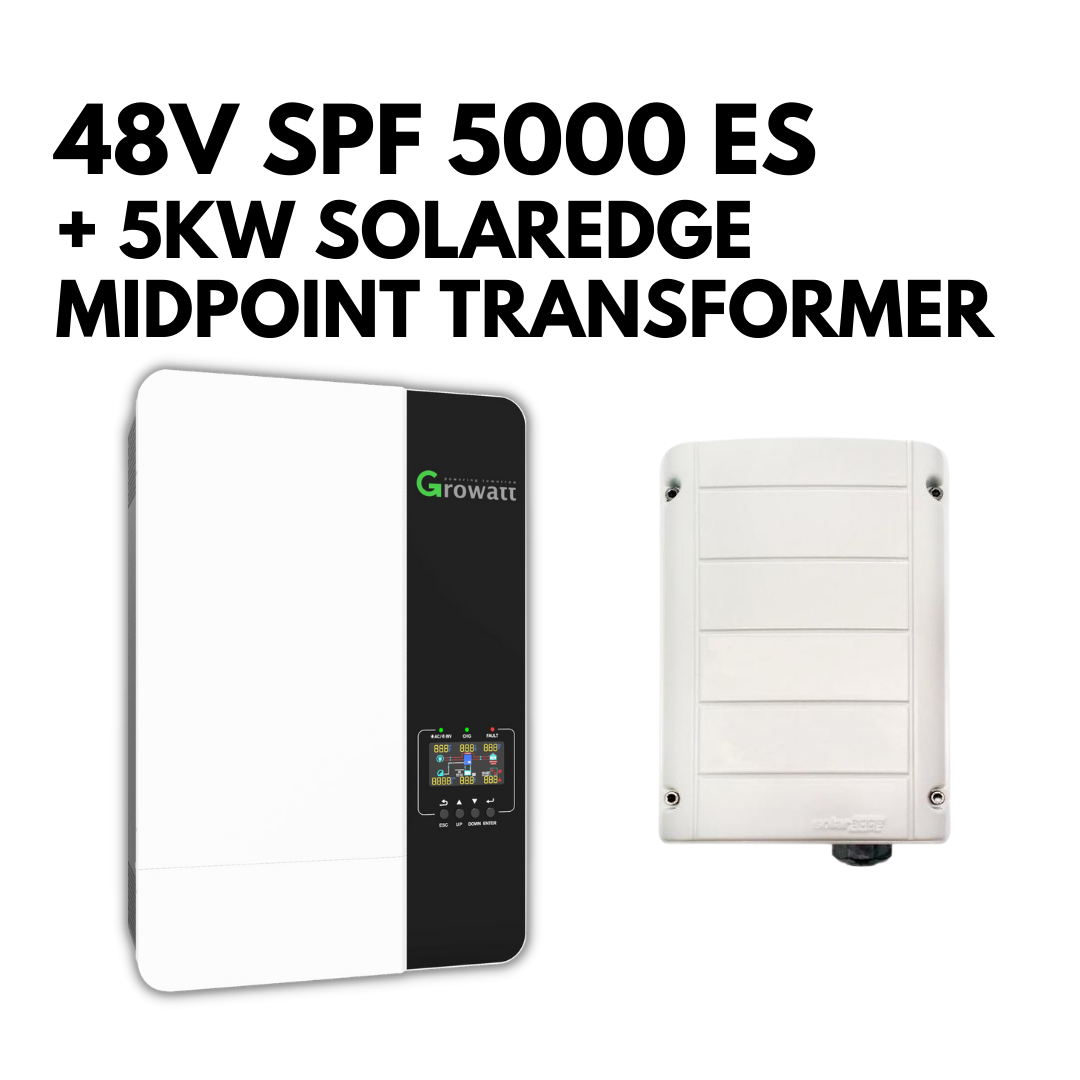JeepHammer
SHOOTER
*IF* I were doing a full on 'Survival' system...
Modular!
Be able to replace every part independently, and have spares!
Stand along inverter,
Stand alone charge controller,
Stand alone battery chargers/power supplies.
In combined systems,
The battery charger quits, the combined inverter/charger has to be disconnected, sent off for repairs, and that can take 6 weeks or more to get it back.
Charge controllers are cheap, some under $20, so you CAN have spares pretty cheap and just swap out the failed unit, back in production in 20 minutes.
Inverters are more expensive, but a pretty reliable inverter can be had for under $200 with no charger, and again fails can be changed in 20 minutes.
The biggest 'Fail' that can happen this way is a bad panel.
Depending on how you wire it, you can bypass a bad panel pretty easily,
But most times you will have to disconnect, test every panel, and replace or jump the bad panel.
Series (driving voltage up, keeping amperage down) is most efficient for inverters...
The issue here is a shaded panel (leaves stuck to panel, shaded during part of the day, etc) drags the entire string down to what the bad panel can pass through.
I hang a volt meter on my panel strings so I can check if voltage is low at a glance (if there isn't one built into the inverter).
Micro inverters & bypass control units (like controllers Solar Edge uses) keeps this from happening.
A controller behind each panel drives up cost, and there are more connections/failure points, but its a good idea in theory.
(Or you can just check on string outputs once in a while)
It's all in what you are trying to do, Im off grid, so I'm already set up stand alone.
If a guy wanted power in a SHTF situation, putting in a little parallel wiring would make a grid tied system a quick switch over to off grid, but most don't think about it ahead of time,
And when the SHTF comes, they can't browse the internet to find out how to do it.
Modular!
Be able to replace every part independently, and have spares!
Stand along inverter,
Stand alone charge controller,
Stand alone battery chargers/power supplies.
In combined systems,
The battery charger quits, the combined inverter/charger has to be disconnected, sent off for repairs, and that can take 6 weeks or more to get it back.
Charge controllers are cheap, some under $20, so you CAN have spares pretty cheap and just swap out the failed unit, back in production in 20 minutes.
Inverters are more expensive, but a pretty reliable inverter can be had for under $200 with no charger, and again fails can be changed in 20 minutes.
The biggest 'Fail' that can happen this way is a bad panel.
Depending on how you wire it, you can bypass a bad panel pretty easily,
But most times you will have to disconnect, test every panel, and replace or jump the bad panel.
Series (driving voltage up, keeping amperage down) is most efficient for inverters...
The issue here is a shaded panel (leaves stuck to panel, shaded during part of the day, etc) drags the entire string down to what the bad panel can pass through.
I hang a volt meter on my panel strings so I can check if voltage is low at a glance (if there isn't one built into the inverter).
Micro inverters & bypass control units (like controllers Solar Edge uses) keeps this from happening.
A controller behind each panel drives up cost, and there are more connections/failure points, but its a good idea in theory.
(Or you can just check on string outputs once in a while)
It's all in what you are trying to do, Im off grid, so I'm already set up stand alone.
If a guy wanted power in a SHTF situation, putting in a little parallel wiring would make a grid tied system a quick switch over to off grid, but most don't think about it ahead of time,
And when the SHTF comes, they can't browse the internet to find out how to do it.









